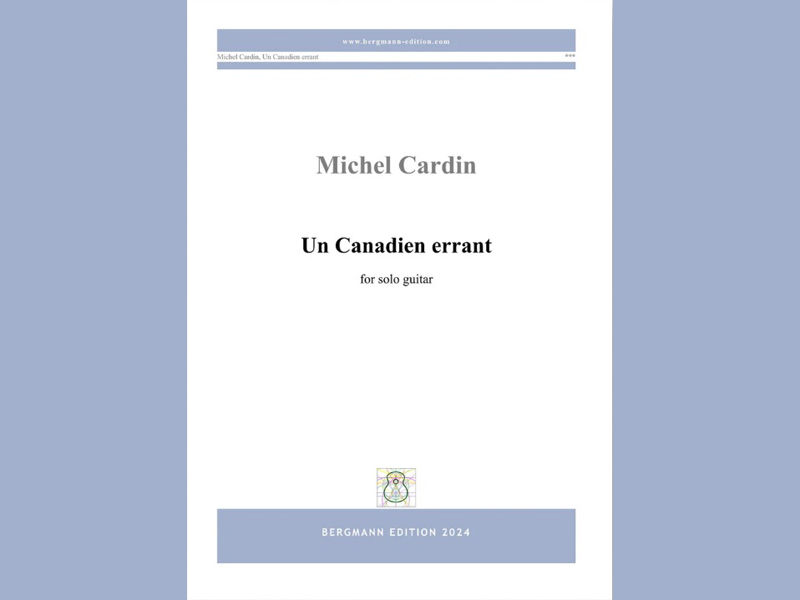J.P. Rameau : arr. Sylvie Proulx : 3 Transcriptions: DOz
- chrisdumigan
- Jun 29, 2022
- 2 min read

J.P. Rameau: arr. Sylvie Proulx
Les Productions D’Oz: 11 pages
Canadian guitarist Sylvie Proulx is a wonderful player who has done three of Rameau’s most beautiful pieces for guitar. Rameau’s music, of course was originally written for harpsichord, and so often a number of problems can arise from trying to put all the notes onto the guitar. Sylvie Proulx’s recorded versions (on YouTube) show just how wonderful her playing is and how under such a player as her, how well suited these pieces actually are.
The first of the three works is La Triomphante (from Nouvelles Suites de pieces de clavecin) is set in D with a dropped D 6th.Immediately you have to be very used to travelling all over the fingerboard, placing barres down many times when needed, and as with most baroque music keeping the notes flowing constantly as there is hardly ever a break in the quaver movement. So one finds oneself moving right up to the fourteenth fret in 2 and sometimes 3 voices with a fair number of mordents too, and that is often the hardest detail about these Rameau pieces, the mordents. Unlike some of the other composers from this period, he used various different mordents and sometimes putting them into the guitar versions is really tricky.
Les Tendres Plaintes (from Pieces de Clavecin avec une method pour la mecanique des doigts) is in Dm with the same dropped D 6th, and because this piece is slower the mordents increase considerably in number. The piece itself is in two voices largely throughout but there are a number of places where the music is definitely very difficult to keep flowing. One such place is in bar 8 where the top open E has a trill over the complete three beats, whilst playing a quaver run below on the second voice, and putting a mordent in on the fifth quaver at the same time, which is definitely only for the every talented, although to be fair Sylvie’s recording of this passage sounded effortless, which it most certainly wasn’t! Apart from those places, the piece’s beauty is there for all to hear, and fits very well onto the guitar.
The final, and the longest piece by far is the Gavotte with Doubles (from the same book of pieces as Le Triomphante) .It has six doubles in all, and is set in Em with a complex first section, where the ornaments are considerable .After a repeat of both parts of the Gavotte, the doubles, set out the same way, with two repeats, move more in consistent semi – quavers in two and sometimes three voices throughout, finishing finally on the 6th double where the bassline is the one moving in semi – quavers with the top voice, and usually a chord, is in longer notes , closing on a perfect cadence with a trill on the dominant seventh just before the final Em.
The music is of course beautiful, cleverly arranged and of considerable difficulty, but if that is not a problem for you then this composer’s music , not often seen on the guitar, will possibly be exactly what you would like to try.
Chris Dumigan




Comments